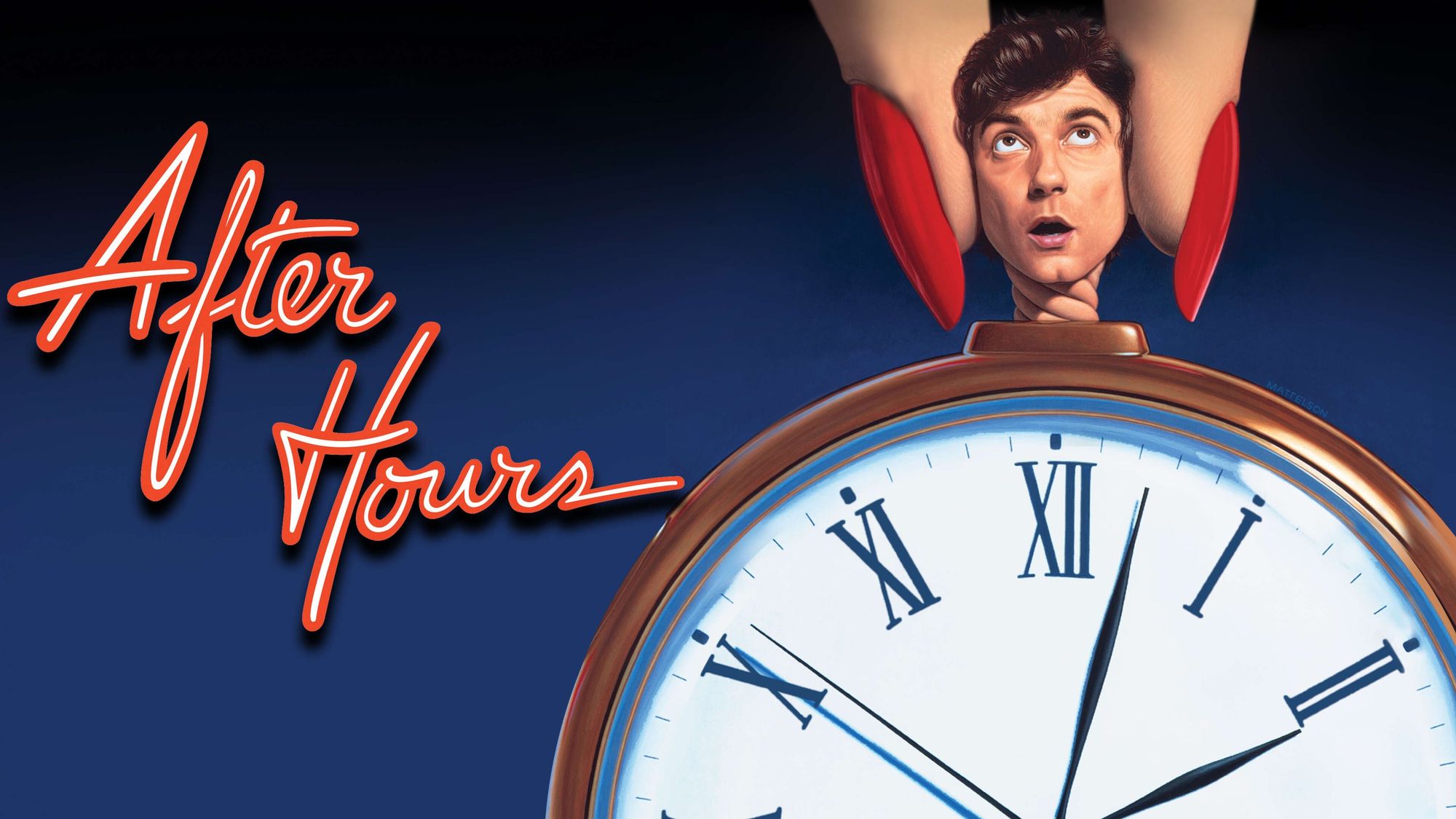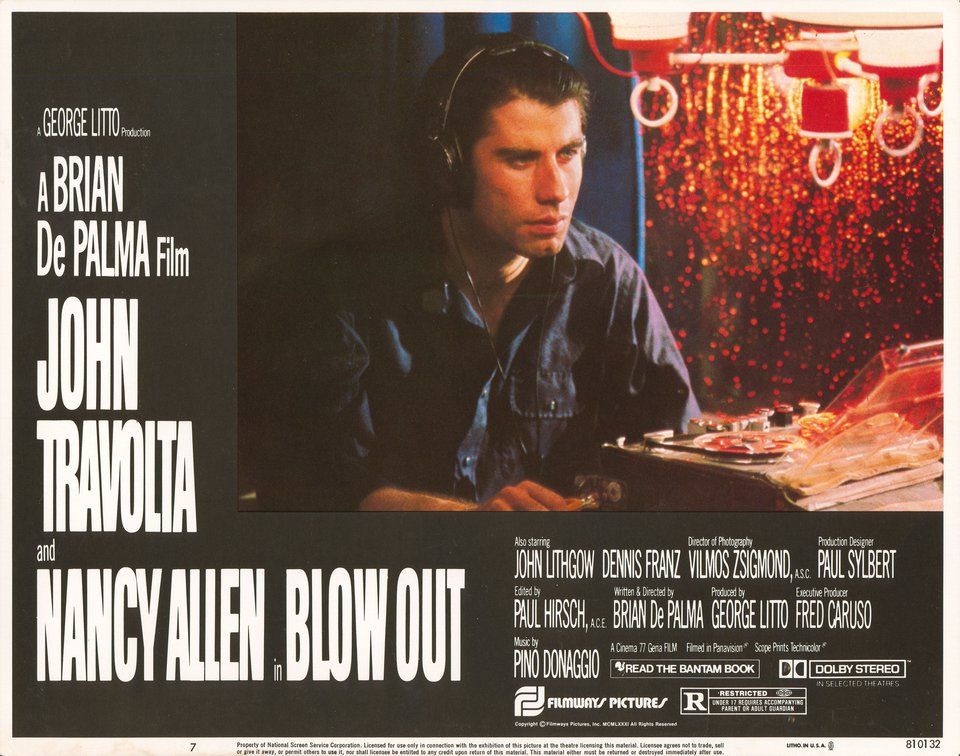MOVIE(S) OF THE WEEK #2

After Hours (1983)
"Most men lead lives of quiet desperation." - Thoreau
This is one of those off-beat movie experiments that you either get or you don't. I don't usually like films that have some zany conceit that rolls on for a few hours like some sort of modern art puzzle but 'After Hours' (1983) is, without doubt, the exception.
In many ways, looking at the nearly forty-year-old film now in the year 2023, I find it more easily comparable to Howard Hawks's 'Bringing Up Baby' (1938) with Cary Grant and Katherine Hepburn which was at the time the very definition of a screwball comedy.
'After Hours' is a screwball comedy with a Kafka-esque black comedy edge as office worker, Paul (Griffin Dunne), finds himself trapped in downtown New York unable to get home after hours. He's led initially on a merry dance by Marci (Rosanna Arquette) who he meets in a Soho cafe reading Henry Miller who, it's safe to say, has quite a few 'issues'. Paul, on the other hand, is a placid sort of guy at the beginning of the movie but is slowly unraveled by a surreal turn of events that becomes like some sort of never-ending dream/nightmare that captures the distinct atmosphere of pre-9/11 New York, that mad house of creative possibilities and endless nocturnal temptations.
In my estimation, this is easily a top-five Scorsese film and I suppose that has something to do with my theory that the Italian-American director was at his best when he was being low-key ('Taxi Driver', 'Color Of Money' and 'Life Lessons') and unassuming before the grandiosity of the post-'Goodfellas' era meant that every film he made had to be some sort of huge 'event'.
Also, it's important to note that 'After Hours' was the first film Scorsese made with the Director of Photography, Michael Ballhaus. I can definitely see how the film became a sort of testing ground for their future film techniques deployed to further great effect in 'Color', 'Life Lessons','Goodfellas' and beyond, especially the highly improvised point-of-view shots and fast-moving 360 rotation tracking shots most notably used in the amazing final office scene.
The British director Michael Powell ('The Red Shoes') who was brought out of retirement by Scorsese after he'd tracked the reclusive filmmaker down at his cottage in Avening near Stroud back in the 1970s allegedly told the younger director how he needed to resolve the ending of 'After Hours' and I think it's safe to say his unique 'Archers' genius played some small but significant part in the brilliant circular structure of this movie.

Blow Out (1981)
Who would have thought that Michelangelo Antonioni's 'Blow Up' (1967) would have been outdone by movie brat Brian DePalma's 1981 Hollywood remake 'Blow Out' starring John Travolta and Nancy Allen?
Perhaps it has something to do with the fact that DePalma is being a pure storyteller here and not an obfuscating pretentious artist using a cinematic smoke screen. Neither film is perfect but there is something refreshing about DePalma's semi-gonzo approach to 'Blow Out' that combines Hitchcock with Dario Argento. No wonder this is one of Quentin Tarantino's favourite films.
I remember the first time watching this late one Monday school night and having that exciting sense of watching something tense, cool and twisty that also had a kind of film within a film dark parody of sorts that made it feel like a movie lover's in-joke. But it also had heart and although sometimes it's exceptionally cheesy (especially Nancy Allen's pretty lousy performance), it compels the viewers sufficiently to immerse themselves in the story from the first frame to last just like the best Hitchcock and even has a sucker punch ending that would be worthy of Ernst Lubitsch or Billy Wilder if they'd ever thought to go a semi-horror route.